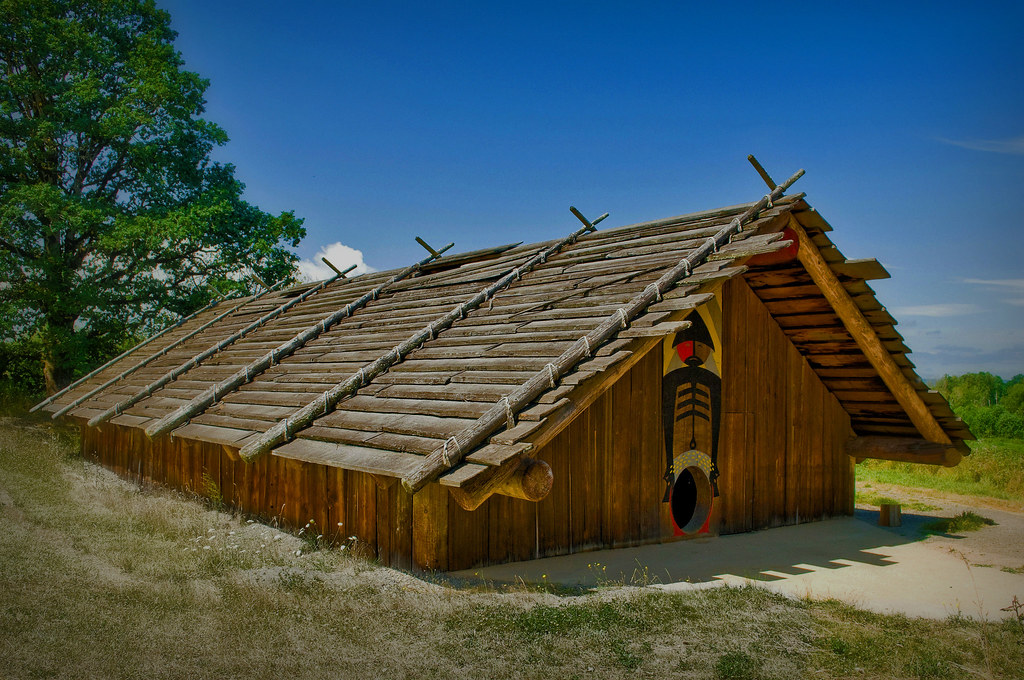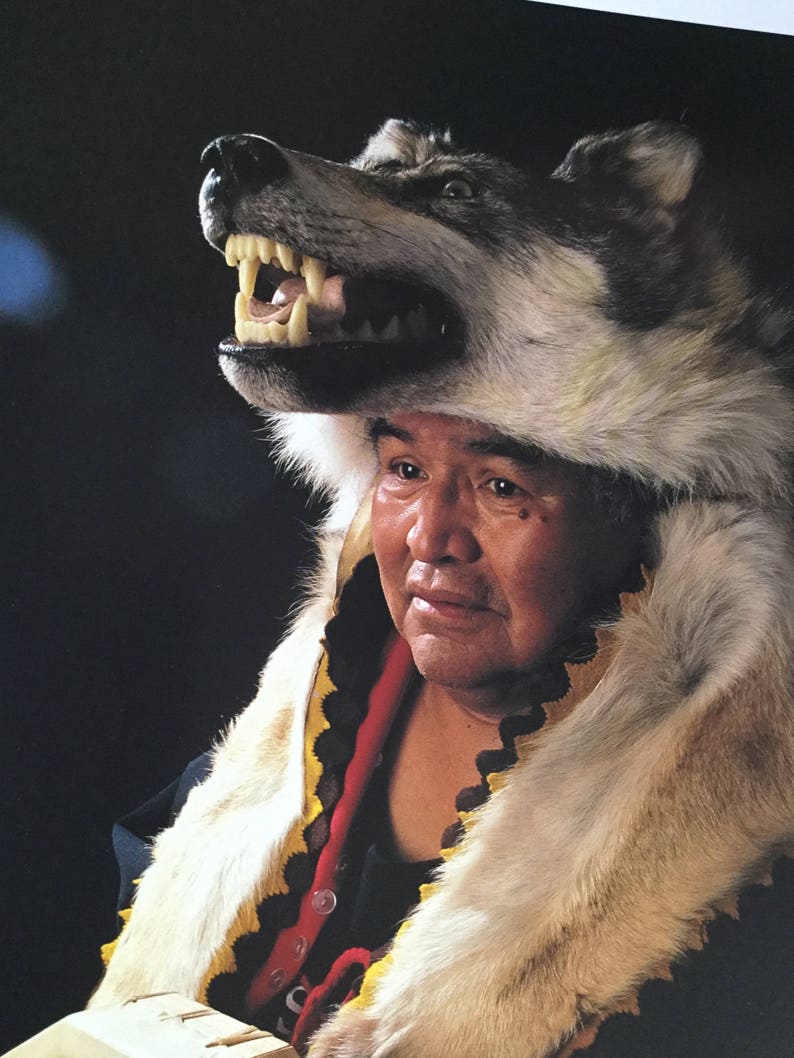

Artists may use this shape as body parts like arms or legs or space fillers. With tapered endpoints, the S shape resembles the letter S. To simulate fins or tails, artists may layer many U-forms together.

On the other hand, smaller ones can act as space fillers or bird feathers. The dimensions may vary, but they always share the same U form.īigger U-forms are employed to shape the subject’s body and provide a formline for ears or tails. The U shape looks like a thick letter U with sharp tips at the ends. On the other hand, they may use smaller ovoids to create joints, ears, noses, eyes, or enclose faces. The size and dimensions of these shapes vary depending on the subject or species they represent.Īrtists may use larger ovoid shapes to create a subject’s head, main joints, eyes, wings, fins, or tails. The bottom of the lower part is occasionally concave. It resembles a round rectangle with internal strain pressing the top to produce a curved surface, like a slice of bread. Ovoid shapeĪmong these shapes, the ovoid is the most common. The standard forms include the ovoid, u-form, and s-form shapes. Northwest Native artists used different shapes in their works of art. Have a look at Geembi’s Native American Blanket collection! After, they would apply red and then any tertiary hues. The artists in the past often used black to paint on the wood first before carving. Other wood sculptures don’t utilize any pigments, giving them a stained raw wood appearance. However, many Native American painters in the Pacific Northwest employ extra colors to complete their work.īlue-green is a tertiary hue that can range in tone from pure blue to pure green and is frequently considered a filler. It is the contour of the subject’s body, primarily black.Īlthough Native painters nowadays utilize commercial color, the black pigment was once made from charcoal, lignite coal, or graphite.

The term “formline” refers to two-dimensional Pacific Northwest art components. The color palette combines rituals, cosmologies, and indigenous peoples of the Northwest Coast’s daily life. Let’s scroll down! Colorsįor thousands of years, the Pacific Northwest Native American art has employed four colors: black, red, green, and blue. Let’s get started! Essential Elements Of Pacific Northwest Native American Artįirst of all, let’s discover some essential elements of this art in color, shapes, and designs. It’s essential to study these artworks’ fundamental aspects, symbolism, and meanings before adding some exotic enchantment into your house or business. Are you into Pacific Northwest Native American art? They didn’t use letters and words, so they told their tribe’s story via art, especially totem poles. These tribes not only used art for pleasure but also for communication and for passing down their legends and customs. We acknowledge that these injustices are true here and also for indigenous communities around the globe, like the First Peoples of Mauna Kea, Papua and New Zealand, just to name a few.The Pacific Northwest’s Native American tribes inhabited the land ranging from Alaska to California alongside the Pacific Ocean. We gather here knowing that our presence is part of an ongoing invasion and that these lands were and continue to be forcibly and unlawfully taken from their original indigenous inhabitants. We recognize that the privilege of our campus being on the land on which we now stand comes at great cost to the Coast Salish peoples. with 29 federally recognized tribes represented, as well as several unrecognized tribes. The state of Washington has the 7th largest Native American population in the U.S. In 1854, the Medicine Creek Treaty forcibly removed them from their lands and onto the Puyallup reservation. The Puyallup tribe, a member of the Coast Salish tribal peoples have called this area home since time immemorial. We are so fortunate that TCC is located on the ancestral territory of First Nations peoples. Land acknowledgment (approved by the Office of EDI)

Tacoma Community College Land Acknowledgment


 0 kommentar(er)
0 kommentar(er)
